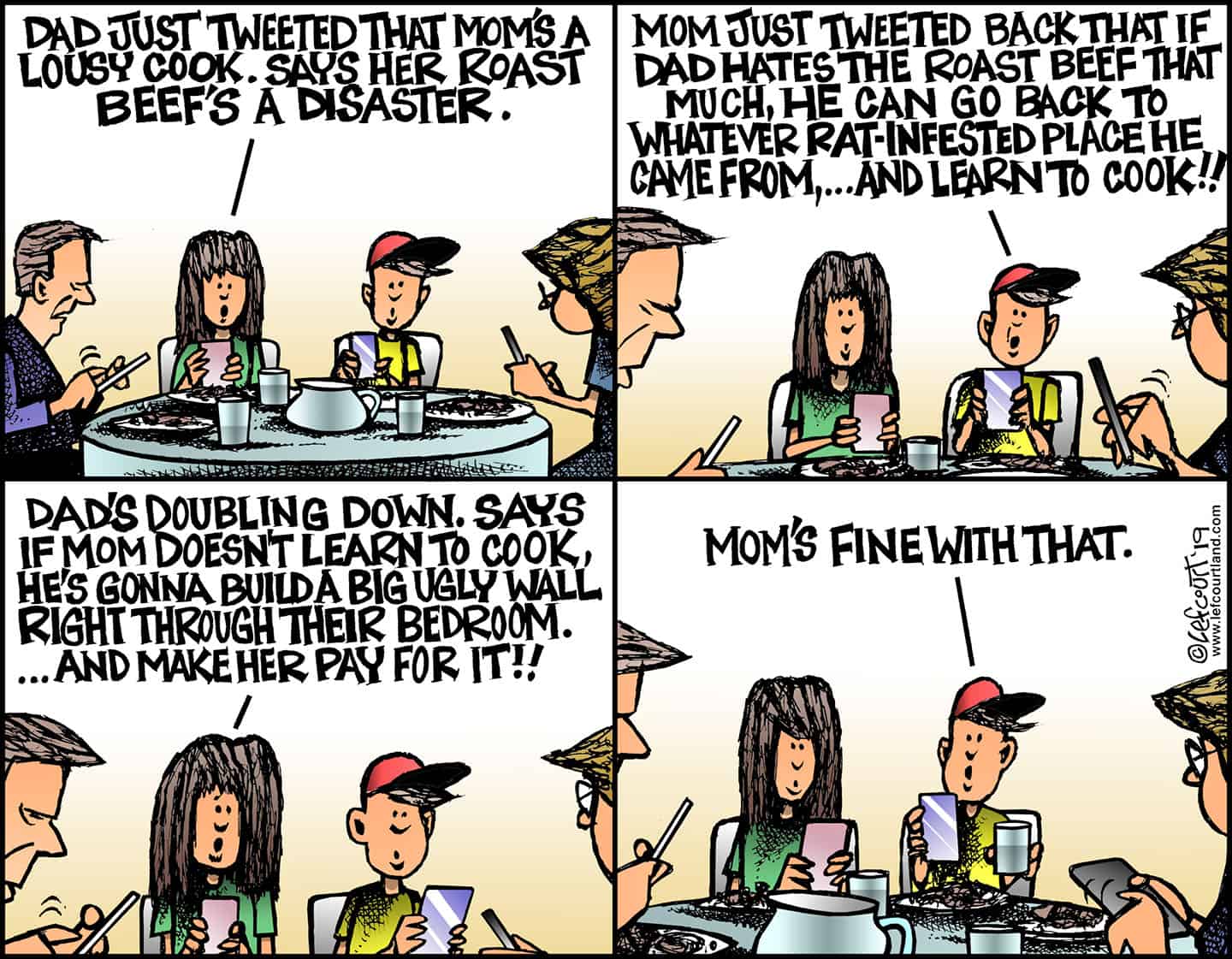The start of construction of two rail tunnels under Highways 401 and 409 which will make way for more GO Train service on the Kitchener corridor, says Kitchener-Conestoga MPP Mike Harris.
Work got underway last month on the project, which will accommodate two additional tracks, future signalling and communications infrastructure.
The twin tunnels are approximately 175 metres long and are being constructed underneath 21 live lanes of Highways 401 and 409, one of the busiest sections of highway in North America. The project is expected to be completed by late 2021. The value of the contract is approximately $116.9 million.
“This is a major step towards furthering that two-way, all-day GO Train service,” said Harris this week.
This is a considerable step in completing the infrastructure required to bring more GO Train service to communities, businesses and customers along the Kitchener corridor, he added. An additional tunnel will add more capacity, allowing more trains to run on the corridor, with higher frequencies and in both directions.
The project is part of work already underway to enable delivery of expanded GO rail service, which will transform the GO Transit rail network into a comprehensive, all-day rapid transit network.
Expanded service will help build a so-called innovation corridor linking businesses and workers in Waterloo Region with Toronto and the GTA. Proponents such as the Greater Kitchener Waterloo Chamber of Commerce see the corridor creating some 170,000 and adding an estimated $17 billion to the country’s GDP.
“Two way all day GO within the Toronto – Waterloo Innovation corridor would improve our ability to attract and retain top talent and help businesses reach their full potential and compete globally. Today’s announcement is a critical next step, but there’s more work needed to make this a reality. We look forward to working with the government to get it done,” said Ian McLean, chamber president chair of Connect the Corridor, in a release.
Along with a business boost, enhanced train service would take people off the roads, freeing up time for commuters, said Harris.
“We want people to spend time at home with their families … and certainly not sitting in gridlock.”









